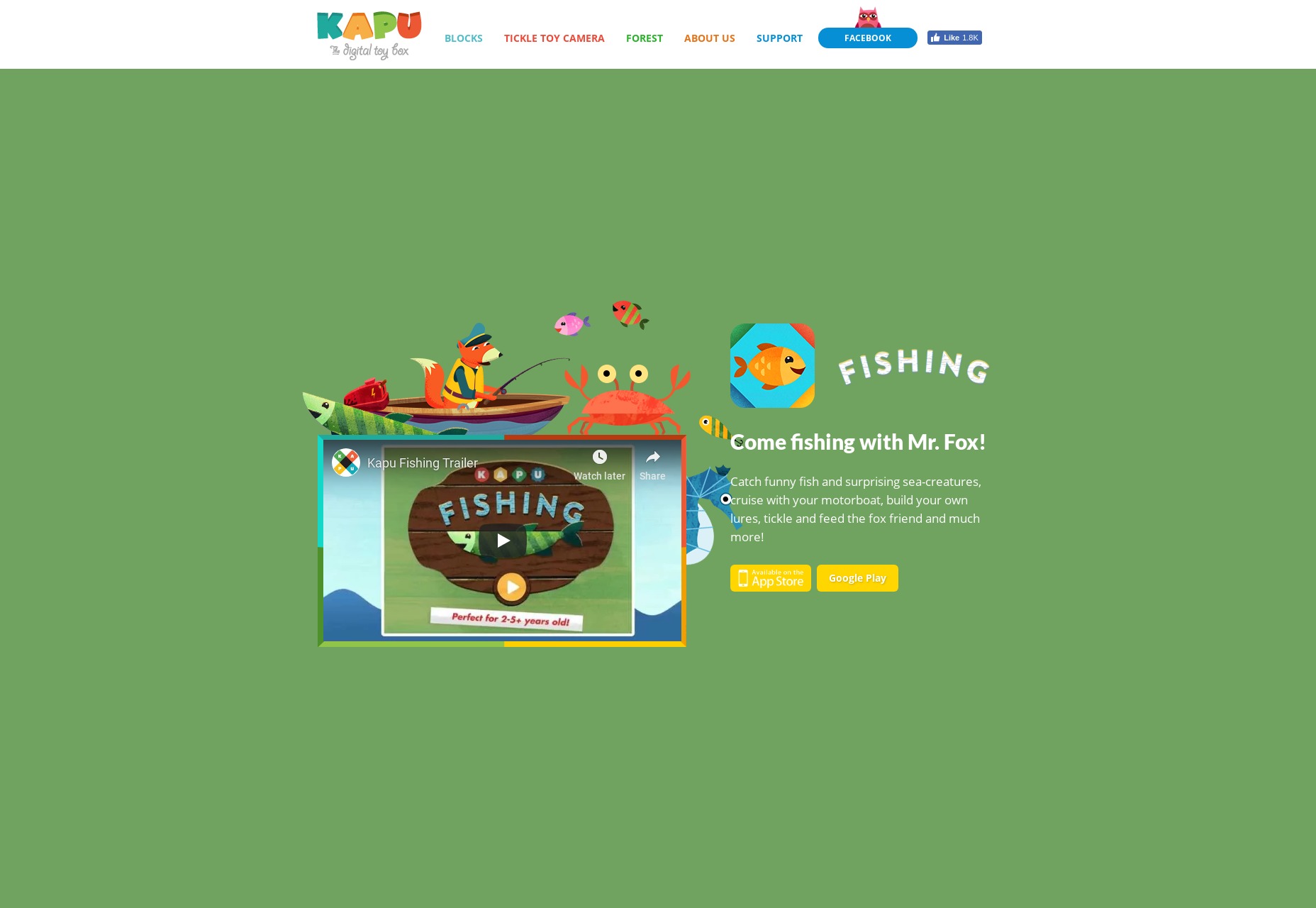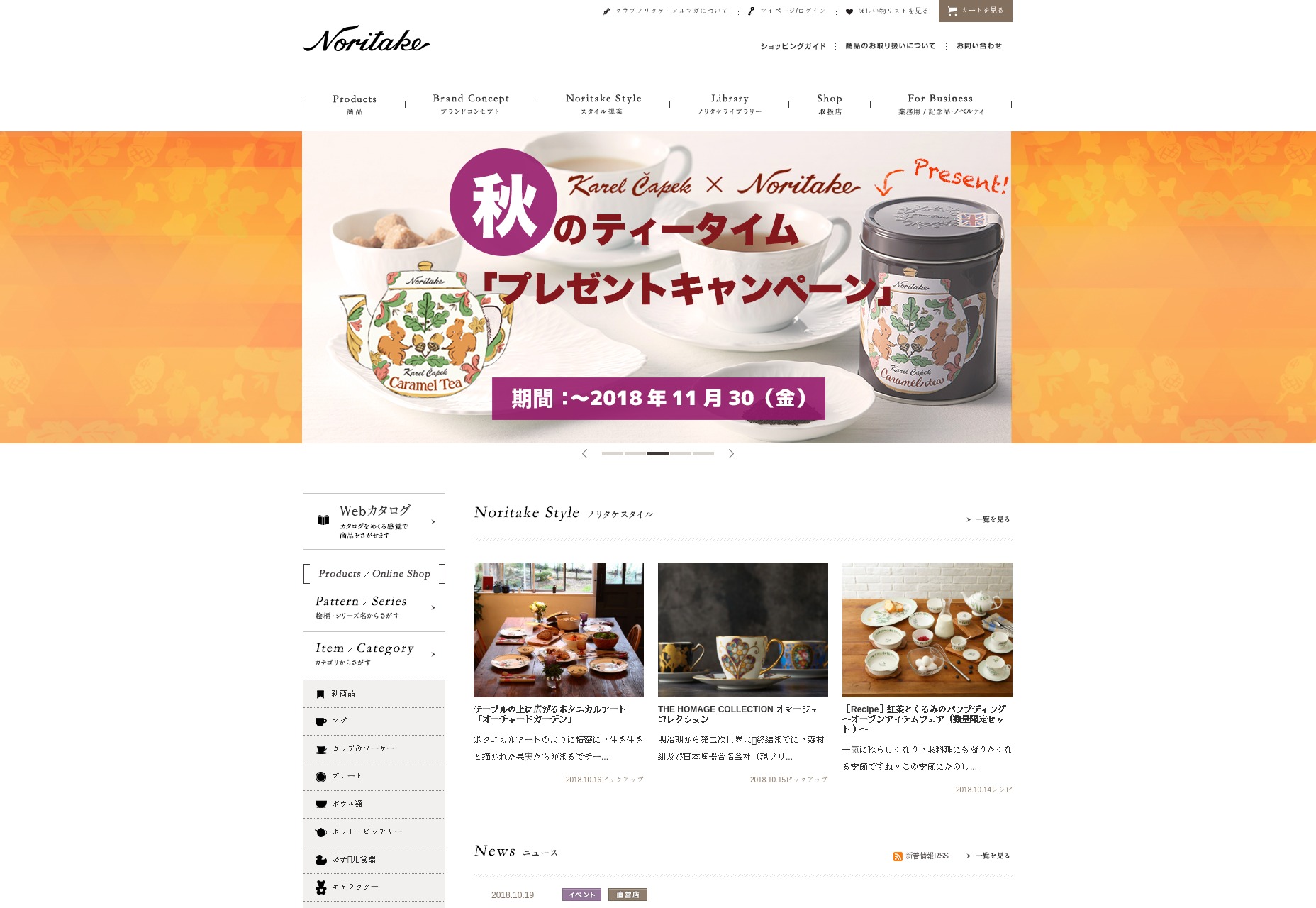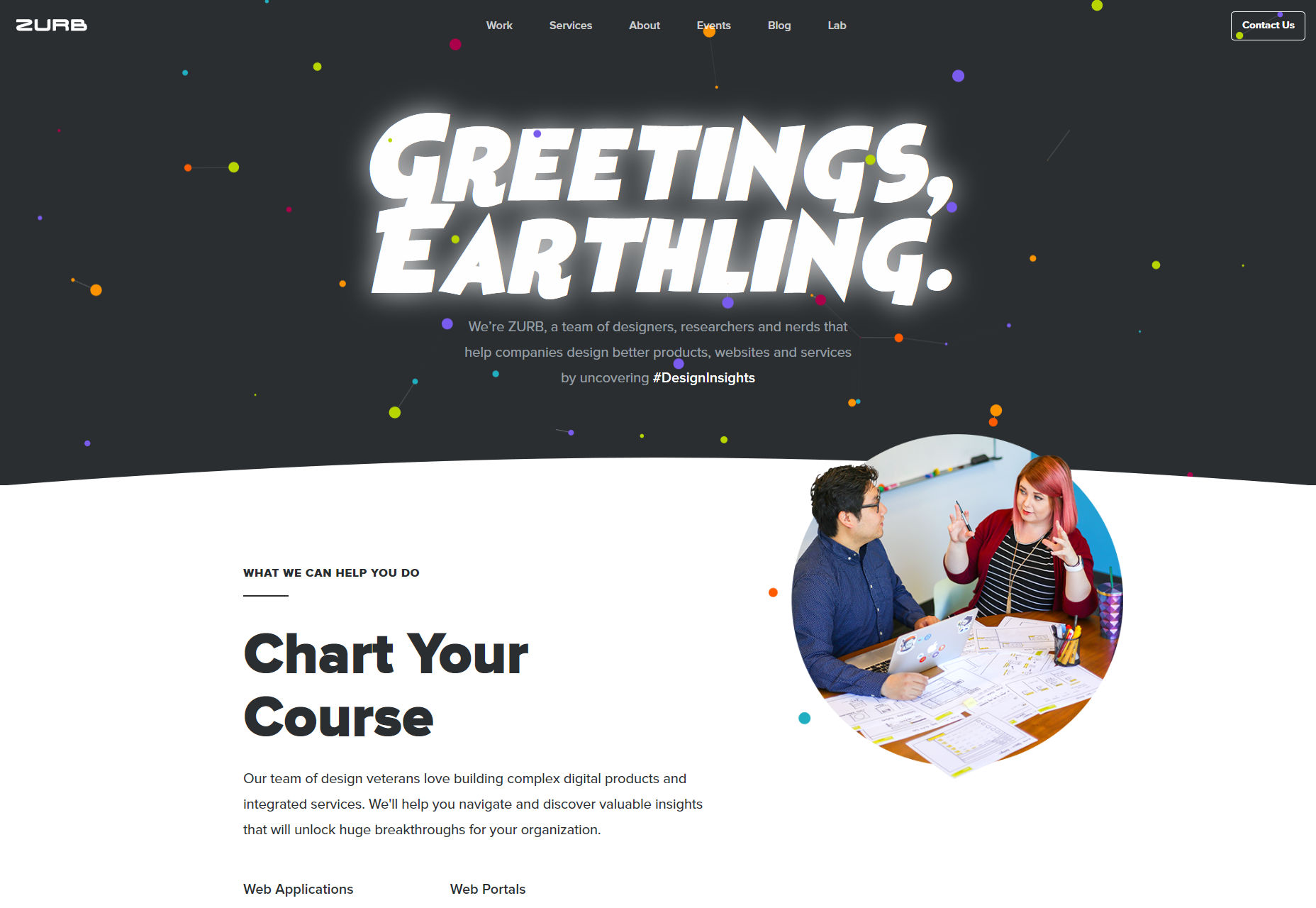
1. Imagery
Using cute imagery is almost cheating. I mean, you’re just taking something cute, throwing it into your design, and calling it a day. But don’t discount the idea; being cheap and easy doesn’t mean that it’s not effective. Some curmudgeons notwithstanding, human beings are biologically wired to get hit right in the pleasure centers of our brains when we see human offspring (particularly our own), and other things that share some baby-like features (ie. puppies, kittens, pandas). Stock photography can be a great start, but keep in mind that illustration can be a great way to trigger the same responses that wild make people want to squeeze your website. If you need to use original imagery, hiring an illustrator is also way easier than getting babies or animals to hold still. Example: Wonderbly uses both photos and illustration.
2. Colors
Imagery is good, but what if you want to embed that warm and fuzzy feeling into the very DNA of your design, and not just in the content? This is where we turn to color. Now repeat after me: Pink is NOT the only cute color. In fact, “cute” colors are a concept that will vary according to individual cultures. For one thing, babies vary in color. The general rule to follow, though, boils down to three words: primaries and pastels. Bright primary colors and their softer pastel counterparts dominate the “cute aesthetic” worldwide. If you’re designing something cute for (very young) kids, use bolder tones. If you’re designing something for adults, use the pastels, which are far easier on the eyes, and tired brains. Example: Kapu Toys goes hard on the primary colors.
3. The Other Kinds of Cute
So far, I’ve discussed cuteness in terms of human offspring and related things. Thing is, the word “cute” wasn’t even originally used for babies so much as for keen or sharp-witted people. It evolved over time to be used for attractive young people, and then finally for babies and other baby-like things. Since then, it has also come to encompass things that, while not baby-related, still produce a warm and fuzzy kind of feeling. Things that produce feelings of comfort, contentment, and “home” can also be represented by the word “cute”. For example: “What a cute tablecloth!” “That’s an adorable rocking chair.” Cute arrangements of flowers. etc. Example: Noritake shows how the domestic-cute concept has reached far beyond Western borders. The additional forms of cuteness go beyond the domestic and into the world of fashion as well. A certain warmth and contentment can be found in knowing that you’re looking good today, hence the use of phrases like, “That’s a cute dress!” This use of the word also hearkens back to its use in describing generally attractive people.
Example: Bando provides a picture-perfect example of fashion-cute.
The additional forms of cuteness go beyond the domestic and into the world of fashion as well. A certain warmth and contentment can be found in knowing that you’re looking good today, hence the use of phrases like, “That’s a cute dress!” This use of the word also hearkens back to its use in describing generally attractive people.
Example: Bando provides a picture-perfect example of fashion-cute.

4. Cuteness in the copy
So we’ve discussed the use of cuteness in imagery, in color, and the overall feel of a design. So how do you write cute things in your website without—for the love of God—going full “baby talk”? Well it all comes down to the emotions you want to evoke. Cuteness is a term that covers a lot of possible subject matter, but one primary emotion: warmth. You don’t want to write the word “cute” over and over in an effort to convince people to see your page’s subject your way. You want to convey the comfort of a home where you are loved, the depth in the round and trusting eyes of a puppy, the clumsy antics of a cat that’s been surprised by something, or the sheer joy of wearing an outfit that makes you give yourself the old up-and-down glance in the mirror. Concepts like “elegance” are inherently visual, and so designing them into a website is a purely visual exercise. Concepts like “cuteness” are far more emotional. Though you can tune the visual characteristics of just about anything to make it cute, it’s worth remembering that the emotional side of the concept can actually get pretty complex, and your copy should reflect that.5. Cuteness in the details
Keep in mind that you don’t always need to saturate your website with cute vibes. As many parents whose children love the Minions might tell you, too much “cuteness” can get on the nerves after a while. For most websites that don’t strictly relate to children or home decorating, you’ll want to splash some cuteness in here and there, without overwhelming the user. One of my favorite examples will always be sites like Zurb. Most of the site is fairly corporate-standard, but there’s a touch of cuteness in there, with their hidden cows, their project mascots, and entertaining bits of microcopy. It’s a light touch, but it’s enough to make them stand out.
Ezequiel Bruni
Ezequiel Bruni is a web/UX designer, blogger, and aspiring photographer living in Mexico. When he’s not up to his finely-chiselled ears in wire-frames and front-end code, or ranting about the same, he indulges in beer, pizza, fantasy novels, and stand-up comedy.
Read Next
3 Essential Design Trends, November 2024
Touchable texture, distinct grids, and two-column designs are some of the most trending website design elements of…
20 Best New Websites, October 2024
Something we’re seeing more and more of is the ‘customizable’ site. Most often, this means a button to swap between…
Exciting New Tools for Designers, October 2024
We’ve got goodies for designers, developers, SEO-ers, content managers, and those of you who wear multiple hats. And,…
15 Best New Fonts, September 2024
Welcome to our roundup of the best new fonts we’ve found on the web in the previous four weeks. In this month’s edition…
By Simon Sterne
3 Essential Design Trends, October 2024
This article is brought to you by Constantino, a renowned company offering premium and affordable website design
You…
A Beginner’s Guide to Using BlueSky for Business Success
In today’s fast-paced digital world, businesses are always on the lookout for new ways to connect with their audience.…
By Louise North
The Importance of Title Tags: Tips and Tricks to Optimize for SEO
When it comes to on-page SEO, there’s one element that plays a pivotal role in both search engine rankings and user…
By Simon Sterne
20 Best New Websites, September 2024
We have a mixed bag for you with both minimalist and maximalist designs, and single pagers alongside much bigger, but…
Exciting New Tools for Designers, September 2024
This time around we are aiming to simplify life, with some light and fast analytics, an all-in-one productivity…
3 Essential Design Trends, September 2024
September's web design trends have a fun, fall feeling ... and we love it. See what's trending in website design this…
Crafting Personalized Experiences with AI
Picture this: You open Netflix, and it’s like the platform just knows what you’re in the mood for. Or maybe you’re…
By Simon Sterne
15 Best New Fonts, August 2024
Welcome to August’s roundup of the best fonts we’ve found over the last few weeks. 2024’s trend for flowing curves and…
By Ben Moss















